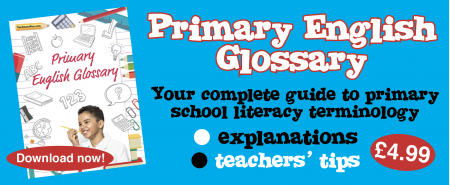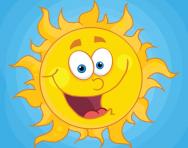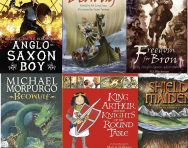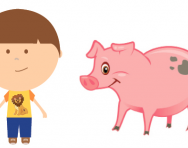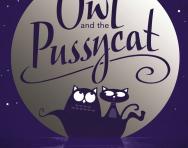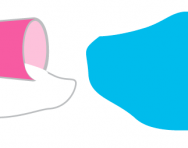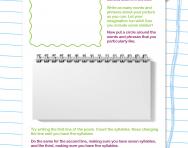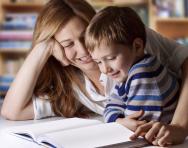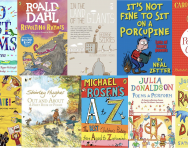What is a kenning?
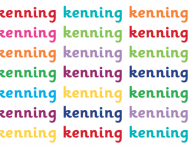
What is a kenning?
Kennings are often used in poetry for effect. A kenning is a figure of speech, a roundabout, two-word phrase used in the place of a one-word noun.
Kennings were first used in Anglo-Saxon and Norse poetry. The famous Anglo-Saxon poem Beowulf uses many kennings, for example:
- Body – bone-house
- Sword – battle-light
- Ship – wave-floater
- Sea – whale-road
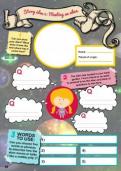
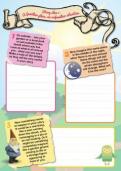
Download a FREE Creative Writing toolkit!
- KS1 & KS2 workbooks
- Bursting with fill-in prompt sheets and inspiring ideas
- Story structure tips, style guides and editing suggestions
Kennings are sometimes metaphorical. For example, looking at the kennings above, the body is not really a house, but it does provide a ‘house’ for bones; a sword is not really a ‘light’, but it reflects the light so appears like one; the sea is not really a ‘road’, but it is something that whales need to travel, so acts like a road for them.
Kennings in primary school
Studying kennings is not compulsory under the national curriculum, but they are a fun way of playing with words (especially if children are studying the Anglo-Saxons or Beowulf). It is most likely they would be taught in Year 5 or 6.
Children might be asked to write a poem on a particular topic and think of as many kennings as possible. For example: they might be asked to write a poem about the sun. A teacher might start them off by asking them to produce a spider diagram with the word ‘sun’ in the middle. They may be asked to write as many words around the outside relating to the sun as they can think of, for example: wakes us up in the morning, helps plants to grow, nice and warm, sun-burn, hot holidays, dries up the rain, makes the soil very dry, makes us sweat, makes us want to drink lots of water, etc.
The children might then be encouraged to turn these ideas into two-word kennings, for example:
- Bird-waker
- Warmth-provider
- Skin-burner
- Drought-maker
- Plant-feeder
- Thirst-maker
The teacher might ask the children to look through their kennings and just choose the best ones. They might be encouraged to ‘peer-tutor’, swapping their writing with a partner and helping each other to improve the work. This process of editing and improving is vital in encouraging children to produce their best work possible. Often, to motivate children and encourage them to value their own work, to finish a piece of work they might be asked to produce their poem in ‘neat’ for a display. This might involve drawing pictures and borders to go with their poem, or writing it up on the computer.

Give your child a headstart
- FREE articles & expert information
- FREE resources & activities
- FREE homework help
